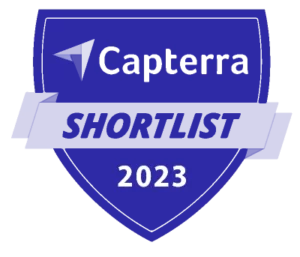Now is a great time to grow your vacation rental inventory. Research shows that occupancy is at historically high levels* despite global disruption and inflation.
But growing presents considerable challenges. These include finding funding, new properties, and homeowners—and then figuring out how to manage it all!
Yet, with a few tips and some help from tech solutions, you can grow your inventory more easily.
To help you, in this piece we’ve explored:
- The challenges of growing your vacation rental inventory
- Four major ways to grow your inventory, including:
- Leaning into your strengths as a property manager
- Building your brand and reputation
- 6 tips on how to find new homeowners. These include scouting out the area, and making brand-boosting links with local businesses.
Plus, we look at how leveraging vacation rental-specific technology can automate repetitive tasks. This will help to build your brand more effectively, so you have more time and focus to grow successfully.
*AirDNA 2022 Mid-Year Outlook Update industry report, AirDNA.
The challenges of growing vacation rental inventory for property managers
Growing your vacation rental inventory can appear daunting at first. Let’s take a look at some of the main challenges you may be facing.
Finding funding
Growth requires investment. This is true whether you’re buying more properties outright or signing up new rentals from existing homeowners. And if you need to do major renovations or even just a few cosmetic changes, it all costs money, as does kiting the place out with vacation rental amenities.
Plus, managing more properties could mean more technology costs. This is because many property management platforms charge per property. So it’s important to pick the right tech stack to keep costs down.
Signing up the right owners
You don’t want extra properties and owners for the sake of it. They need to be the right kind of owners with the right kind of properties. They also need to share your vision for their rentals, be easy to work with, and have properties that fit your niche and suit your ideal guests.
You’ll need to understand your target vacation rental market and tailor your marketing and sales accordingly.
For example, luxury ski chalet owners will respond to a different tone and style than those who have a rustic, laid-back beach house.
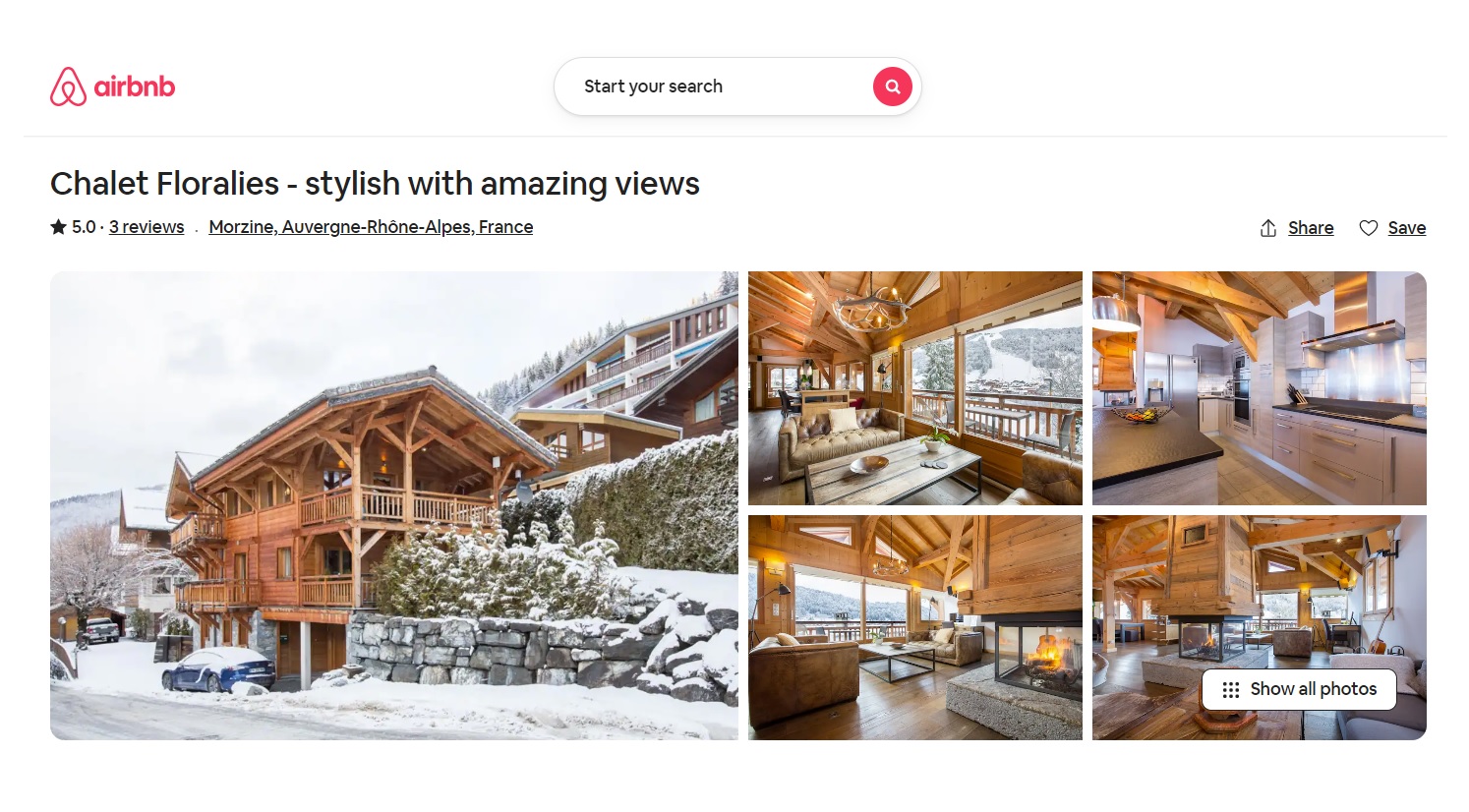
Source: Airbnb.com
Setting up your tech stack and systems
The more properties you manage, the more you’ll need to use tech to scale your vacation rental business successfully. This means automating repetitive or manual tasks so you can focus on higher-value activities.
This is especially important when you scale to more properties than you can keep on top of yourself. Once you get to this stage, you’ll need systems others can also use. You need to morph from a one-person band that manages everything alone to a manager of a larger portfolio who must delegate to stay afloat.
Letting technology and other people run (some of) the show can be daunting and requires a shift in mindset.
It’s vital to understand which tools you need, which platforms offer the features you’ll actually use, and how they all fit together. Particularly when you’re learning how to transition from doing everything yourself to learning how to delegate.
Managing properties in your growing portfolio
The more properties you have, the more of a challenge it is to ensure they’re all up to standard (even if you’re delegating tasks to staff and tech).
This includes keeping on top of cleaning, maintenance, and repairs (if only to check that the automations are working).
It’s also about ensuring that you don’t lose the personal touch when communicating with guests (such as checking in with them during their stay).
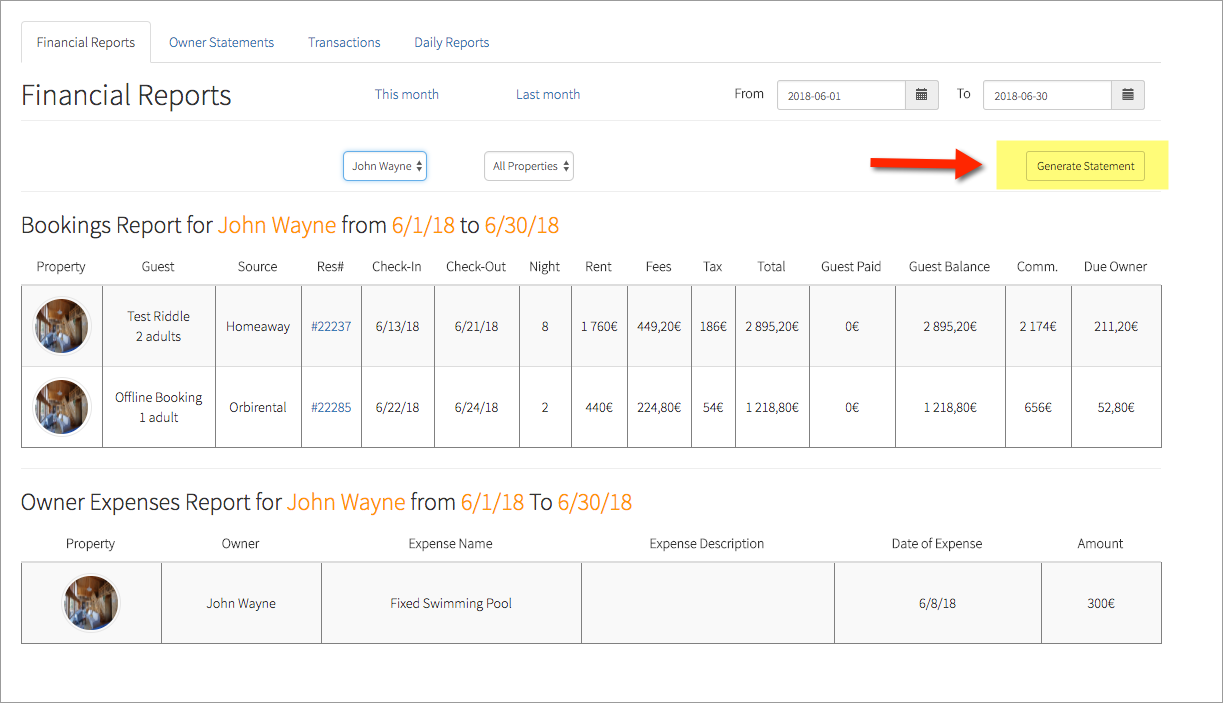
Source: Hostfully.com
Managing owners
Signing owners to your portfolio is just the beginning. Once they’re on board, you’ll need to provide them with regular updates.
This could include:
- Sharing financial reports so they can see their return on investment
- Explaining how you’re keeping track of the latest trends
- Letting them know what you’re doing to bring in new guests.
Owners will also want to be well-informed and regularly updated on the success of their properties. Looking after your owners well will keep them happy and reduce owner churn.
That’s why good owner communication is just as important (if not more) than acquiring new owners in the first place.
4 ways to grow your vacation rental inventory
Despite the challenges, there are ways to build your rental inventory and boost your portfolio.
Here’s what we recommend.
1. Lean into your strengths
As with any kind of business development, it’s important to know and play to your strengths.
This lets you maximize your skills. You’ll also be able to highlight your successes to new homeowners or investors as you seek to get them on board.
What makes you a good vacation rental manager? What areas of your business do you find easy or do you enjoy the most? Answering these questions will help you understand how you might attract new owners or investors.
It also means understanding where you need more support. Consider what you’re less adept at, and where you could use support or insight from others. This will help you decide the features you need in your software to manage your Airbnb listings (aka your PMS), so you can automate as much as possible.
2. Build your brand and reputation
Building your vacation rental management company (VRMC) is about expanding your presence in the market. This means building and strengthening your brand so it becomes more trusted and recognized.
Consider the following factors:
- Public perception. Your brand is how people perceive your business. Consider what you want people to know you for. Get clear on the exact type of vacation rental experience that you offer.
- Direct booking website. Decide on the tone or style of your website, as well as your tone of voice for guest communication, and social media. Be sure to choose a PMS that enables you to set up a personalized website, take bookings, and process payments. Remember to use high-quality images that showcase your rentals at their best.
- Niche and ideal guests. Get clear on the niche you’re operating in. For example, are your rentals all about convenience for the urban business traveler? Or more about beachside luxury for honeymooning couples? Make sure your properties and listing descriptions, images, etc. speak to your ideal guests’ needs. Ensure your PMS connects to the right distribution channels for your target guest (such as Airbnb or more niche channels).
- Excellent experiences. Make sure you have a reliable system in place for offering excellent, personalized guest experiences. Show guests that they can trust you to give them a consistent, high-quality experience every time. Use messaging automation to respond to inquiries quickly. Set up digital guidebooks to anticipate FAQs and offer upsells to boost revenue and guest satisfaction.
- Five-star reviews. Reviews help you to maintain a trusted online presence. Work to ensure your guests consistently leave five-star reviews. If they don’t, consider how you can improve the guest experience or invite better reviews. Make sure your direct booking site allows you to display ratings and offers automated guest review templates.
- Streamlined processes. Ensure your processes work seamlessly as this will save you time and money. Invest in a property management system that streamlines follow-up with leads (such as via Hostfully’s Booking Pipeline feature). Use dynamic pricing tools to ensure your rates are always competitive. Maximize automation to save time on repetitive admin such as guest messaging or coordinating cleaners.
Building a brand is also about good PR, and curating how you want to be seen in the local community too. You might take part in local community activities and events. Ideas include participating in nearby beach clean-ups or charity sports events.
You can also start a blog and publish regular, useful posts. Tell homeowners what they need to know when it comes to renting out their property and how to make the most of it. Alternatively, for potential guests, you could write blog posts about the top tours, activities, and experiences in your area. This will build expertise within your niche and show owners that you’re trustworthy. It will also help you show up in Google searches and generate leads.
You could also appear alongside local producers to support their products (e.g. take part in a crafts show if your favorite soap supplier has a stall). This can help build your brand and spread the word about your VRMC.
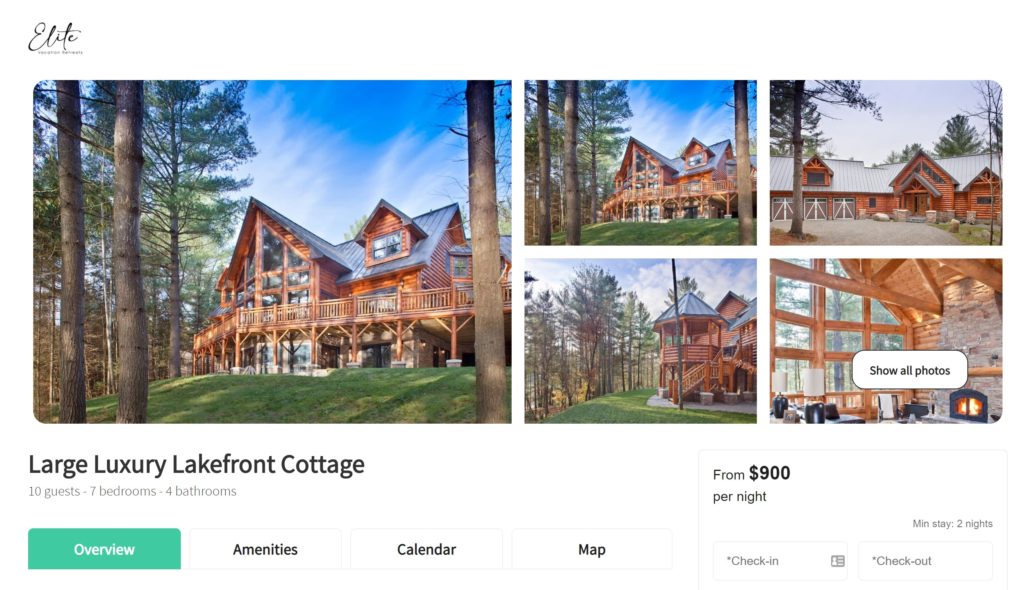
Source: Hostfully.com
3. Attract new homeowners
Adding new homeowners to your portfolio is a core way to build your inventory. Try these tips to find and bring them in.
Local area searches
If you know the area you want to target, ask local owners if they have considered renting their property out. You could try this cold mailing, flyers, in-person visits, or phone calls.
Let them know how much they could earn in a year, and explain why their home could be perfect for your portfolio and experience. Showing the kinds of properties you work with and the successes you’ve already had will show what’s possible and get the conversation started. You can also share more details about your portfolio and even your vacation rental revenue management processes.
A section of your website could list reviews and testimonials from happy homeowners. Be sure to explain the story of your business and mission, and why you’re right for them. In parallel, your website will also act as a booking engine. It’s the perfect place to aggregate reviews from all the platforms you list on. If you use Hostfully to power direct bookings on your existing website, you can also integrate with Revyoos, which displays all your reviews from across the web on your site.
Scrape house-buying lists or approach new homeowners
People who are buying properties in your chosen area could be perfect to approach. They’re already in the right frame of mind to consider property value and may be looking for ways to recoup their expensive moving or renovation costs.
Maybe they are buying property as an investment or a vacation home for themselves. If so, they could already be open to vacation rental property management. Either way, now is a great time to ask.
Creating partnerships with real estate agents could be a way to make connections with these types of home buyers.
Ambassador and referral programs are other ways to get second homeowner leads. Referrals from existing homeowners could be your best source of new properties. After all, they’re already in the STR game, understand its value, and can spread your services by word of mouth. This is one of the most effective marketing campaign methods.
You could waive fees for new owners, or give any existing clients money off their fees for each new homeowner they refer.
Scout out the existing rental market
If your location is already a popular vacation rental area, there are likely to be hosts who would gladly pay you to take their rentals off their hands.
Search online travel agencies (OTAs) like Airbnb, Vrbo, or Booking.com to find existing rentals that could fit your portfolio. Look for those that seem to be run by a single, part-time host. You could even focus on rentals that seem to be struggling.
Perhaps the properties look great or are in a fantastic location, but their hosts are getting poor reviews for easy-to-fix mistakes, like taking time to answer messages. These hosts may welcome your advice. They might also love the idea of a property manager taking on the heavy lifting work while delivering them an income each month.
Scope them out and gently contact them to see if they’d appreciate the help.
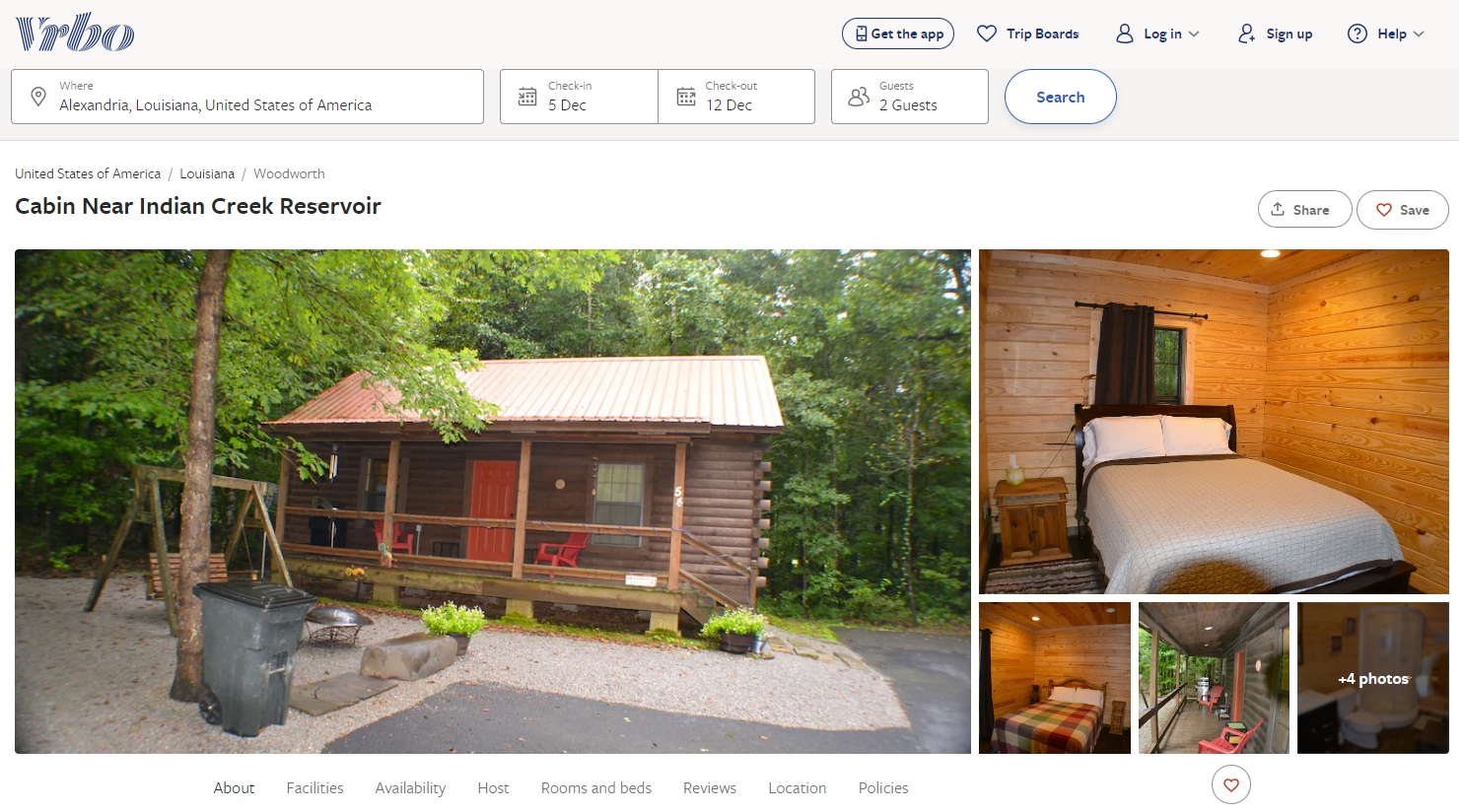
Source: Vrbo.com
Optimize your site for local SEO
Once you’ve set the tone and style of your brand and business via your website, make sure it’s optimized for local SEO (search engine optimization).
An optimized website will show up higher in search engine browser results. This means it’s more likely to be found by people in your area who are already looking for a rental property manager.
Keeping your blog regularly updated with relevant and helpful blog posts will also help your Google ranking.
You could also set up social media adverts to target homeowners in your local area specifically.
And be sure to create a Google Business profile so you show up when people search for vacation rentals in the local area.
Build relationships in your industry
Building your inventory means you’re building your business. So start thinking like an entrepreneur.
- Network with people and companies in your local area and others within the same industry. This will help spread the word, and you’ll likely get leads and more ideas on how to attract ideal owners.
Getting your business known in the local area will make you the go-to recommendation. For example, you could make sure your tourist office knows that you’re available (for both renters and homeowners) and get new business that way.
- Partner with complementary businesses in your field. For example, if your rentals are in a popular hiking area, make sure that the local hiking tour guide knows you’re looking for new properties. They could get talking to hikers on their next trip who may be owners of a local vacation rental they only use a few months a year. Maybe you can help them rent it out the rest of the time?
You could also try more “homeowner-adjacent” businesses. These include garden landscapers, housekeeping agencies, or vacation rental insurance agents.
Building relationships is also a great byproduct of building your brand. For example, partnering with local producers to give your guests great coffee, or taking part in nearby beach cleanups. These can share your business by local word-of-mouth. You can also sponsor events, or take part in specialist property shows.
This can be an excellent way to spread the word, show what your brand and values are all about, and get interest from like-minded new potential owners.
Being active in relevant, local Facebook groups, on Pinterest or LinkedIn, also helps build your local online presence too.
4. Merge or acquire
An alternative to finding homeowners is to acquire or merge with existing VRMCs.
This will help make you a leading VRMC in the area, which will in turn help attract more properties as word spreads.
Of course, buying up or merging with others takes more capital than other methods. But it could be a good option if you’re able to secure funding and want to take over an existing operation rather than build your own from scratch.
You don’t necessarily need to be a huge, million-dollar brand to acquire competitors. It depends on the competitor and what you’re offering them. You could buy shares or owner contracts, too, rather than acquire the entire business in one go.
Grow your vacation rental inventory: build your brand and your business
Building your business by growing your vacation rental inventory in 2024 has its challenges. These can include finding funding, building your brand and reputation, and attracting new owners to your portfolio.
That’s why the best way to grow your inventory is to play to your strengths, establish a solid, trustworthy brand, and take advantage of tech to streamline your systems. You can also attract new homeowners with local searches and referrals, by optimizing your website, and building relationships in your industry.
Becoming a tech-enabled business also helps. For example, Hostfully PMS features like automation, guest communication, and a direct website builder automate and streamline property management—so you can focus on finding more owners and properties. This will also enable you to run a leaner, more profitable operation—which makes you more attractive to new owners. Owner management and reporting tools also help keep owners happy and reduce churn, so you can grow inventory more sustainably into 2024 and beyond.






